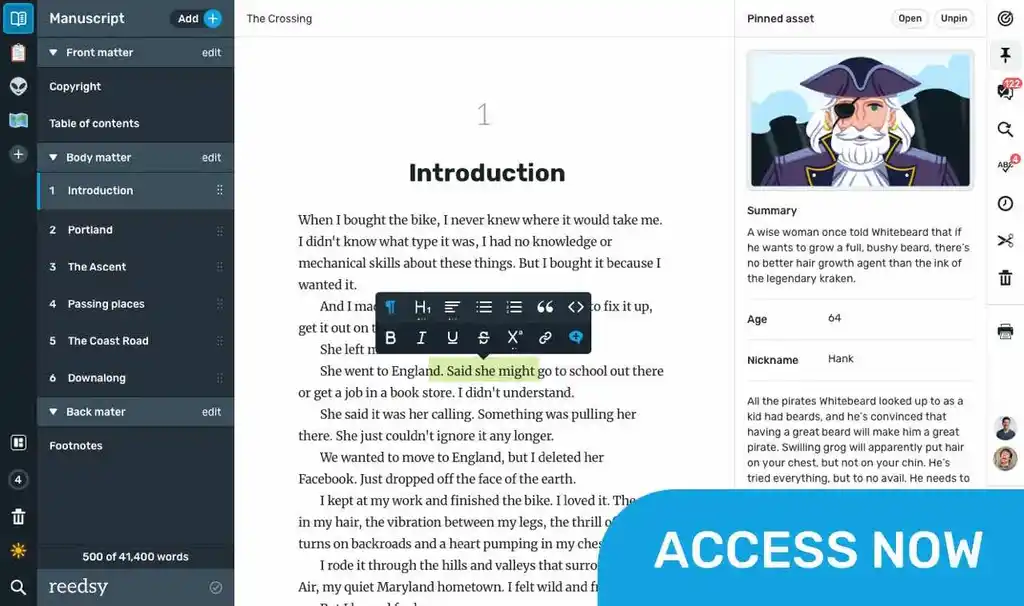Emulating Charles Dickens’s writing style has been attempted by many, and only partially achieved by few. It is mostly known to be old-fashioned, outrageously imaginative, wordy and sentimental.
His popularity is probably most attributed to the fact that he wrote in installments, keeping his followers in unbearable suspense in between publications. His writing style and his themes, although admired today, were certainly controversial in his day. Dickens' social commentary exposed the dark side of the desperately poor, which most of his readers could empathise with, and which is largely believed to be a direct dig at the monarch of the time, who was shamelessly ignoring their plight.
In spite of the fact that his novels were centred around characters that a good part of society felt did not deserve the attention, his stories were witty and highly entertaining. The bad guys always got their comeuppance, and the good (but savagely hard done by) were ultimately rewarded.
As humorous and descriptive as his novels were, Dickens was in no way cavalier about writing them. He kept constant and detailed control of his plots, and was thought to be one of the first novelists to make use of mind mapping for this purpose. Another true Dickensian trait was a realistically gritty portrayal of suffering and humiliation which permeated his novels, and was borne from a terrible childhood.
So before you sit down to write a book rivalling 'Great Expectations', can you combine lengthy descriptive narrative, witty prose, extreme poverty, dastardly cruel villains, desperately pitiable protagonists and tie it up into a happy ending?
Would you want to write a Dickensian novel?
Image source: Wikimedia Commons (public domain)









